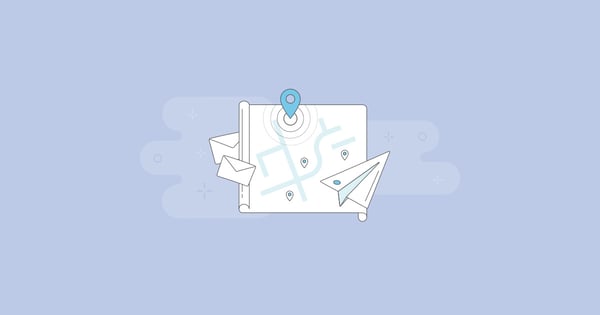Online search has changed everything. Years ago, acquiring a customer online was easy: reassure the potential buyer your product is the best on the market and push for the sale. Not anymore.
Today, consumers can research a product online, compare brands on cost, reputation and more, and decide which provider is best for their needs.
This progression—from becoming problem-aware to making a purchasing decision—is called the buyer’s journey…
…and it’s one of the most important marketing concepts you need to be familiar with.
With 67% of the buyer’s journey now completed digitally, it’s become more important than ever to mail campaigns that educate, inform and most importantly, nudge your prospects into taking action (read: purchasing your products).
And yet:
Identifying the buyer’s journey is a real challenge for most marketers.
A recent survey by DemandGen found 61% B2B business owners cited developing targeted content by buyer stage/interest as one of their greatest challenges in nurturing leads:
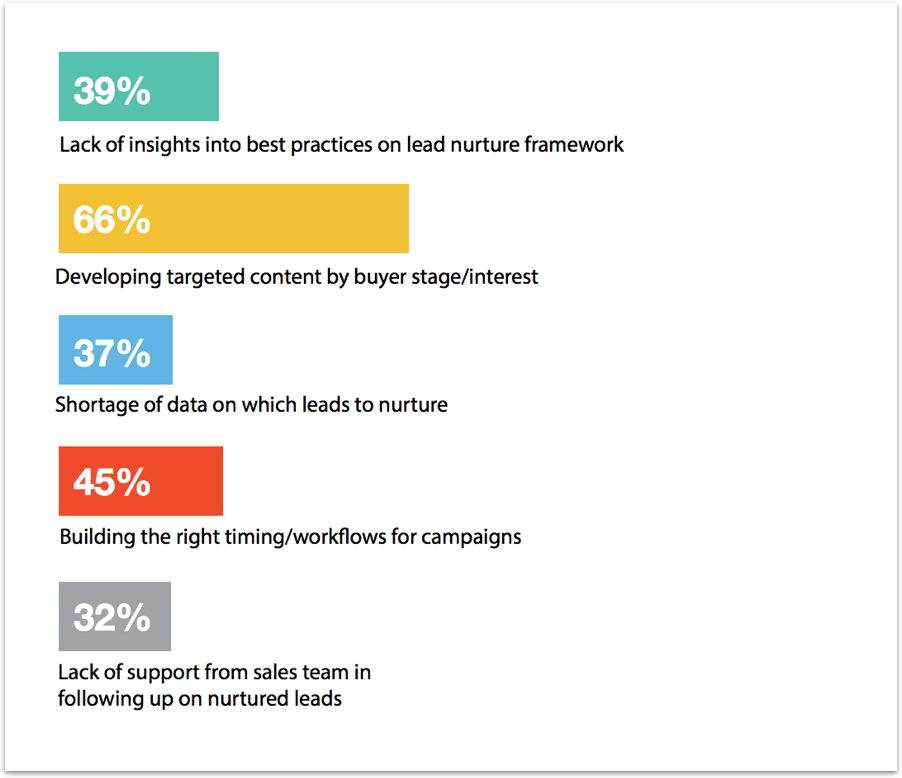
Much has been written already about mapping the buyer’s journey to content marketing and paid traffic, but nothing, to my knowledge, has been written about what to do after a visitor has subscribed to your email list.
So, in this article, I’m going to show you how to map your email marketing campaigns to the buyer’s journey, how you can match the right offers to the right prospects at the right time, and of course, how to develop lifelong relationships with your existing customers while doing so.
The Buyer’s Journey 101
What Is The Buyer’s Journey?
According to HubSpot, the buyer’s journey is the active process buyers go through to become aware of, evaluate, and purchase a new product or service.
This journey, depending on who you ask, ranges from three to fifteen stages. In this article, we’re going to focus on the three most important stages:
- Awareness
- Consideration
- Decision
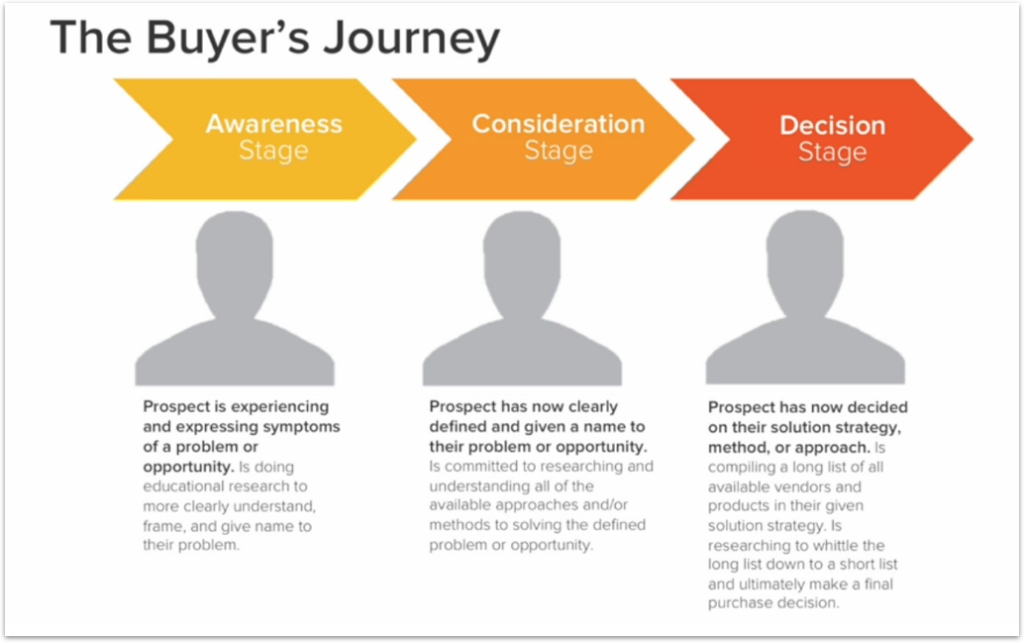
The buyer’s journey (otherwise known as the customer journey) is often represented as a funnel-shaped process that comprises the above stages, from lowest purchase intent (awareness) to highest (decision).
In the image below (courtesy of SingleGrain), it’s further expanded in six stages, with the first (awareness), third (consideration) and sixth (purchase) stages corresponding with the three in the image above:
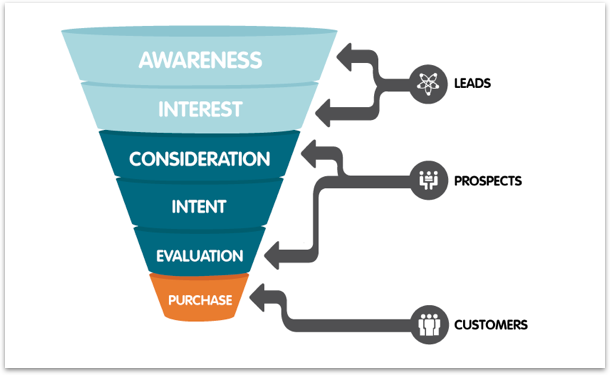
It’s important to mention here how you communicate with your prospects will vary depending on which stage of the buyer’s journey they’re in.
What’s more, depending on the market you’re in and how far along a prospect is in your funnel, a potential buyer’s journey can last anywhere from three months to a year.
Offering potential buyers exactly what they’re looking for according to how far along they are in the buyer’s journey gives you the highest potential to convert them.
Let’s discuss how to do that.
Part 1. Awareness
Imagine, for a moment, you’re experiencing back pain.
Unaware of what’s causing it, you turn to Google and type in, “Why do I have a bad back every morning?” Your goal, at this stage, is to educate yourself as much as possible and put a name to your ailment.
After reading a few articles online and confirming with a chiropractor, you discover your bad back isn’t the real problem. Rather, it’s a symptom of a bigger problem:
You have a bad mattress.
Having given a name to your problem, you become aware and begin actively looking for a solution.
This is known as the awareness stage of the buyer’s journey. And it’s where each potential buyer begins their journey before becoming a customer.
Often, a prospect discovers your brand either through organic search (they clicked on a piece of content in the search engine results pages) and/or paid traffic (they clicked on an ad).
Some e-commerce businesses, like Birchbox, utilize content marketing:
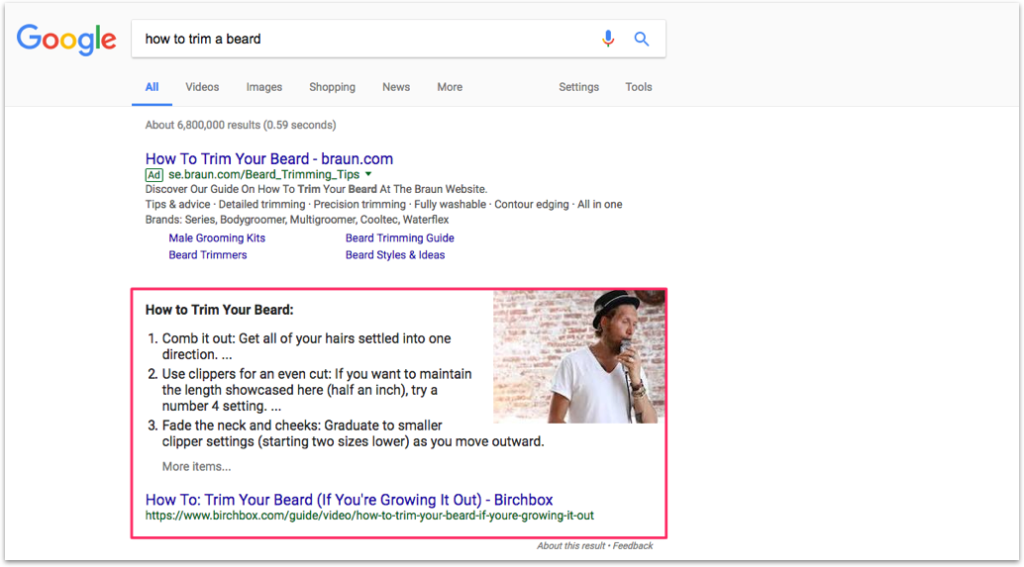
Others, like M.Gemi, rely on Facebook Ads:
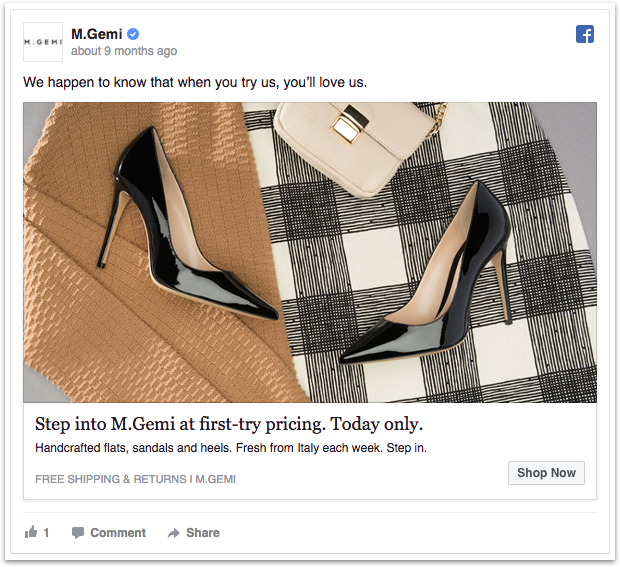
The goal, having acquired a new lead, isn’t to push for a sale (that is unless they’re at the decision stage of the buyer’s journey). Rather, it’s to educate, entertain or inform through interesting and relevant email campaigns.
On a deeper level, it’s to encourage engagement (e.g. increase opens, clicks, etc.), segment new visitors by interest (and where they are on their journey), and increase top-of-mind awareness (TOMA).
Harry’s utilize content to educate their prospects on how to shave properly, thus, positioning themselves as the go-to authority on that subject:
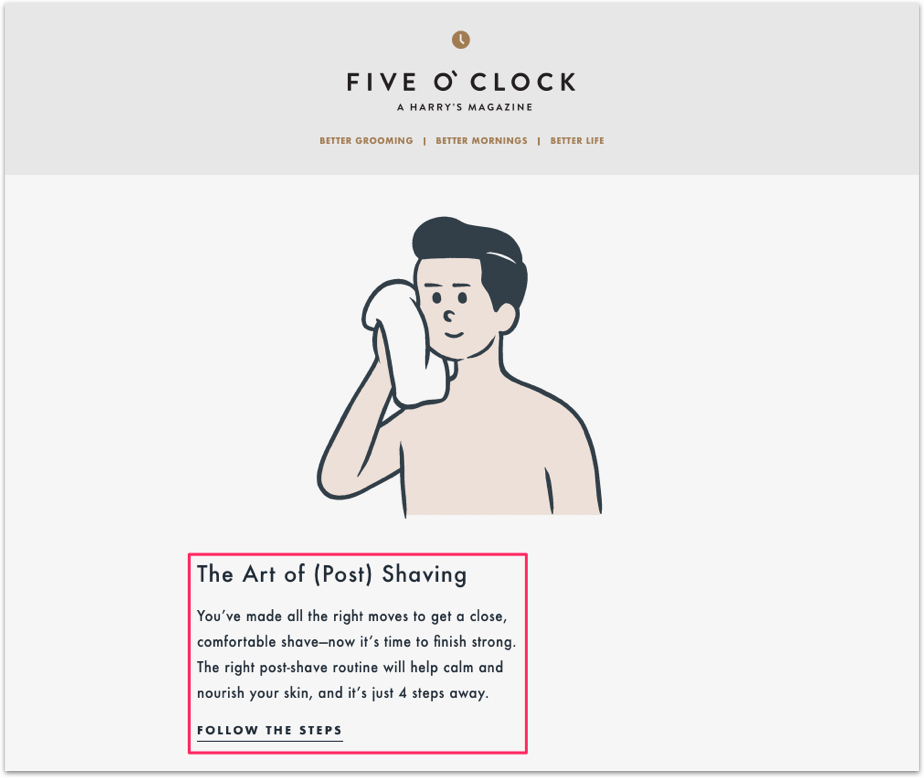
Metrics to be aware of at the awareness stage include:
- Sessions. This is especially important if you’re driving traffic to product pages on your site.
- Percentage of old visitors vs. new visitors. Are prospects returning to your site, thus, becoming more familiar with your brand?
- Engagement. Put simply, are readers opening and clicking through on your campaigns? If so, you’re obviously doing something right (well done you!).
It’s important to mention here not all goals or challenges have urgency.
You might feel like you deserve a new pair of designer pajamas (who doesn’t?), but it’s unlikely to take precedent over something relating to your physical health (like a painful back).
There are a few things to consider before creating awareness emails.
Let’s discuss each briefly.
1. Identify Triggers
Think of a recent problem you experienced.
Nothing major. A minor one will suffice.
Now:
What happened before you experienced that problem?
If you’re like most people, it’s likely there was an event that occurred before it happened.
This, in marketing, is known as a “trigger”: the event that begins your progression through the buyer’s journey.
If you’re running an online retailer, for example, a trigger might be your prospect has a black-tie event coming up and needs to learn how to tie a bow tie:
To identify triggers, login to Google Analytics.
If you’re using Google Adwords as an acquisition channel, click, “Acquisition > Adwords > Search Queries”:
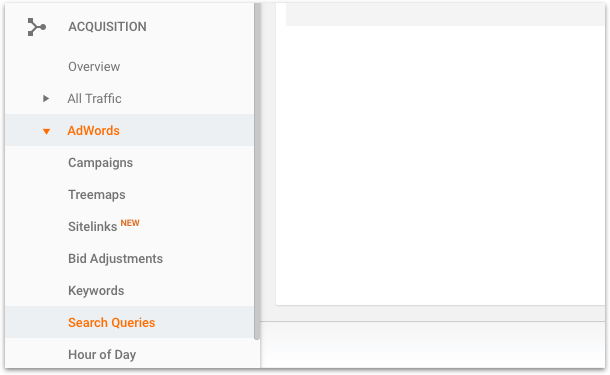
Or, if you’re using content through organic search, click, “Acquisition > Search Console > Queries”:
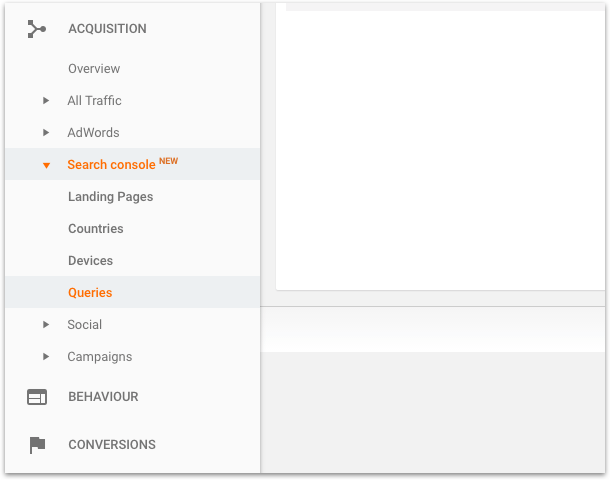
Your prospect is often identified by the type of queries they’re making such as what, who, where, when, why, and how (e.g. “How to tie a bow tie”).
It’s important to exclude brand queries when doing this because you want to identify potential buyers who aren’t yet aware of who you are.
Analyzing search queries will offer insights into your ideal buyer and help you craft email campaigns that are relevant to their needs and interests.
Seventy-two percent of buyers turn to Google during the awareness stage, so it’s important not to neglect the importance of identifying what you’re already ranking for in the search engine results pages (SERPs).
2. Survey Your Existing Customers
When researching your existing customers, it’s worth gathering a combination of quantitative and qualitative data.
The former is measured in numbers (e.g. the number of purchases a customer makes per month). The latter, on the other hand, is only observable (e.g. the reason a customer didn’t renew their subscription).
While quantitative data is easier to generalize, qualitative data provides more insight into why your existing customers are buying from you rather than a competitor.
Using software like Typeform, you might ask customers:
- How would you describe yourself in one sentence?
- Where exactly did you first hear about us?
- What’s the one thing we’re missing?
- What’s the biggest challenge you’re facing right now?
- What are the top three things that nearly stopped you from buying from us?
- What will happen if you don’t overcome the challenge you’re experiencing?
As a rule of thumb, aim for a minimum of 100 completions. Remember, the more data you have, the easier it is to identify what your customers want to move away from and move toward.
To learn more about surveying and its best practices (including whether to incentivize or not), read my article on e-commerce email marketing.
3. Create a Buyer Persona
With enough quantitative and qualitative responses, recurring patterns will (hopefully) emerge in your data. With that information, as well as your own understanding of your market, you can create buyer personas for each of your ideal customers.
A buyer persona, also known as a customer avatar, is a representation of your ideal customer:
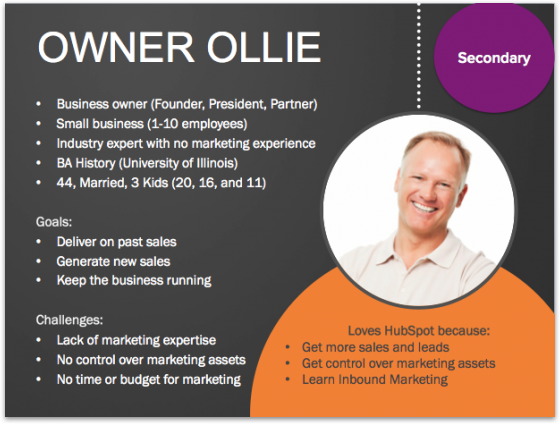
Source: SmartInsights
Having one—or many, depending on how many products you have—will help you determine what kind of content you need in your email campaigns, the tone, and style of your copy, as well as where your audience gathers information and their preferences for consumption.
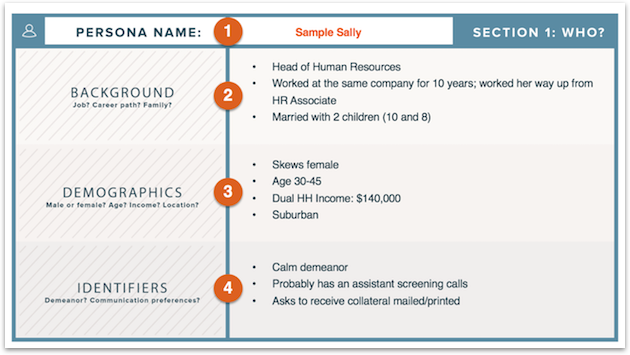
Source: HubSpot
Part 2. Consideration
Let’s return to our previous mattress example, for a moment.
You’ve clearly defined your goal (to replace your mattress) and are committed to addressing it as soon as possible (remember, not all pain points have urgency).
At this stage, you’re evaluating the different approaches or methods available to solve your challenge, which, in our example, involves researching mattresses online.
Otherwise known as the evaluation stage, the consideration stage occurs when your prospect has clearly defined and given a name to their problem and is committed to researching and understanding all of the available methods for solving it.
Casper, an e-commerce company that specializes in mattresses, include playful reviews in their consideration emails to move prospects further along the buyer’s journey:
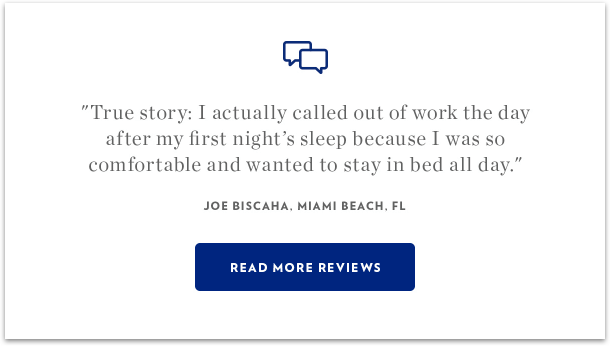
Source: Really Good Emails
Shopify, knowing their prospects value demonstrations, offer free online training to showcase their product:
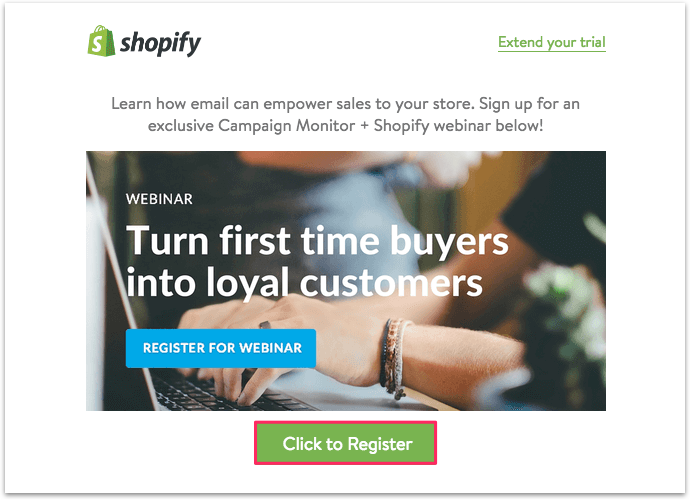
You’re not asking for a purchase, yet. You’re simply inviting further engagement, albeit with more investment from your potential buyer.
Anyone who’s clicking through to read customer reviews or attend a webinar is more likely to become a customer than a recipient who’s only opening emails.
Metrics to monitor closely at the considerations stage include:
- Returning visitors. Are certain recipients opening and clicking through on consideration emails more than others? If so, that’s a good indication they’re close to moving down your marketing funnel.
- Webinar registrations. If you’re running an evergreen webinar, the number of registrants should be consistent, if not increasing over time (providing you’re continuously capturing and converting leads, of course).
Part 3. Decision
At the decision stage, your prospect has defined their solution and is whittling down a long list of potential vendors in their given solution strategy.
Specifically, they’re looking for information on how your product works, how others like them have been successful, and what their experience might look like if they decide to move forward with your company…
…and that includes what happens before they make a purchase.
Take, shipping, for example.
You wouldn’t think it was that important, right?
Wrong.
According to a recent survey by Baynard Institute, 61% of shoppers cite extra shipping costs as their reason for abandoning their cart during checkout (even if they fully intended to make a purchase).
It’s no surprise, then, most e-commerce businesses have cart abandonment emails, specifically for prospects that were close to making a purchase, but need a final nudge of reassurance.
Asics, an athletic equipment company, reiterate the benefits of their free shipping policy in their cart abandonment email, in the event the prospect wasn’t aware of it, to begin with:
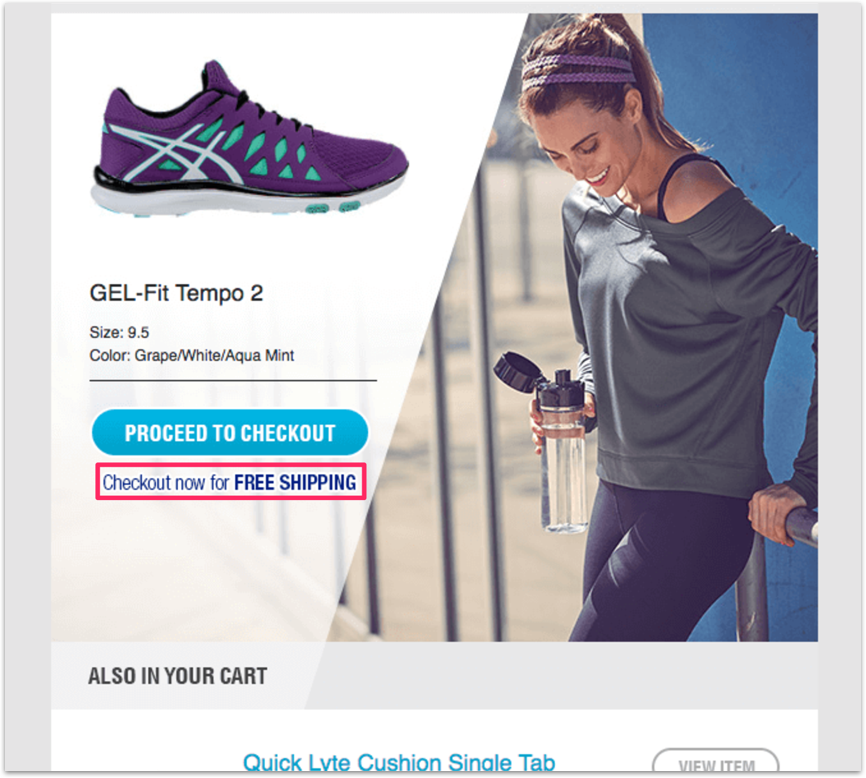
Source: Really Good Emails
Of course, not everyone at the decision stage will make it as far as your checkout (especially if they haven’t decided which vendor to purchase from).
This is in part because many potential buyers want to try your product before making a purchasing decision.
Campaigns geared around free shipping, free trials, case studies and more, are perfect decision stage emails.
Dollar Shave Club is so confident they will acquire a lifetime customer with each email lead, they offer a free trial of their product (including free shipping):
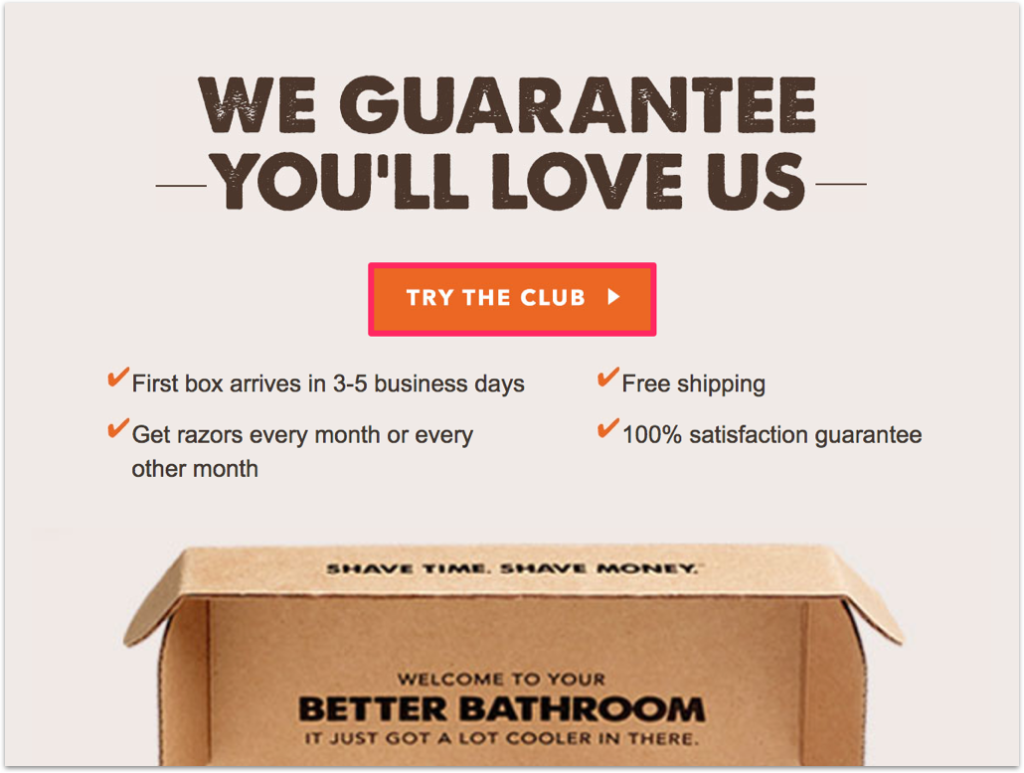
Source: Really Good Emails
When the offer is too good to say no to, it’s usually for a good reason. A company like Dollar Shave Club knows it’s the customer lifetime value (LTV), thus, it can afford to take a hit on the front-end when making this type of offer.
The secondary goal, at the decision stage, aside from making a sale, is to:
- Optimize funnel conversions. Can you increase email open and click-through rates, reduce cart abandonment, and more by writing better subject lines?
- Maximize revenue. Can you increase the average order value by offering tiered pricing, upselling, and more?
Metrics you need to pay close attention to include:
- Customer lifetime value (LTV). As mentioned above, knowing your customer LTV will allow you to make irresistible offers (such as free shipping), thus, getting to yes quicker and more easily.
- Customer cost per acquisition (CPA). This is especially important if you’re using paid traffic as an acquisition channel (e.g. Facebook Advertising).
Get the above metrics right, and it’s possible to earn $38 for every $1 you spend.
So, make it count.
Conclusion
It’s tempting to believe the buyer’s journey ends when a prospect becomes a customer, but the reality is you need to continue delivering value after they purchase.
Why?
Aside from reducing email unsubscribe rates and improving customer satisfaction, consistently offering value after purchase helps turn customers into evangelists for your business…
And that’s something every business can profit from.

